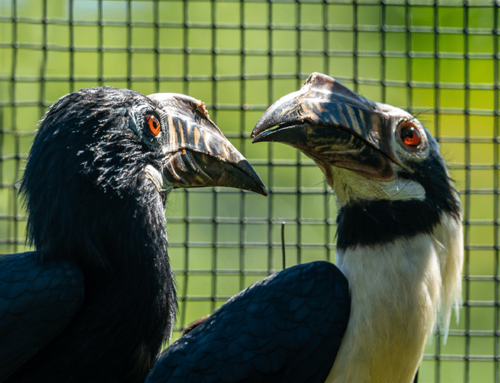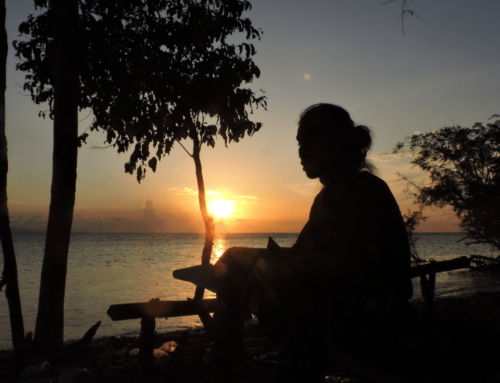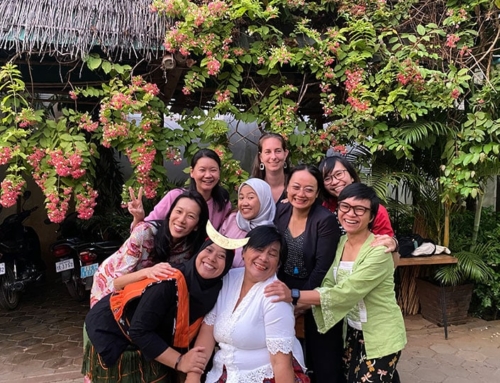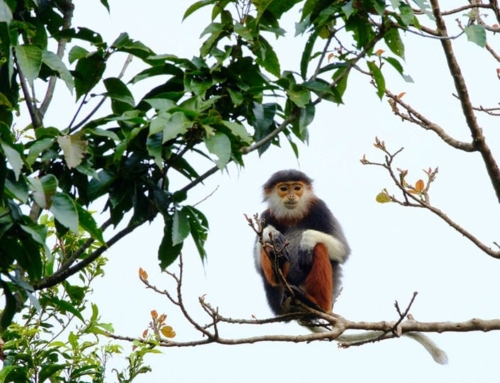Wildlife corridors through oil palm plantations. Local communities saving the world’s rarest crocodile from extinction. Sweeping new protections for EU seabed. A groundbreaking coalition for amphibian conservation. When conservation organisations have access to flexible, reliable funding, their impact can be revolutionary.
In this series, we look back at major victories facilitated by our long-term, trust-based funding strategy. Beyond the value of multi-year support, these stories prove that opinions can be changed, and communities can be won to the side of preserving species they have feared when they are engaged in the conservation conversation.
Back in May 2008, a community meeting was held in the small village of Lumalug, in the northern mountains of the island of Luzon, in the Philippines.
Conservationists presented a proposal to create a crocodile sanctuary around the small stream running through the village (Dinang Creek), to help protect the largest reproducing wild population of the Philippine crocodile, the world’s rarest crocodile.
A farmer stepped forward and asked “Why?”
Although this species was already protected under Philippine law, as a Critically Endangered species that could only be found in the Philippines, this was not common knowledge. In fact, it was still common for crocodile killings to take place. These killings mostly occur out of fear, and a belief that crocodiles are eating the fish that many people rely on for food and income.
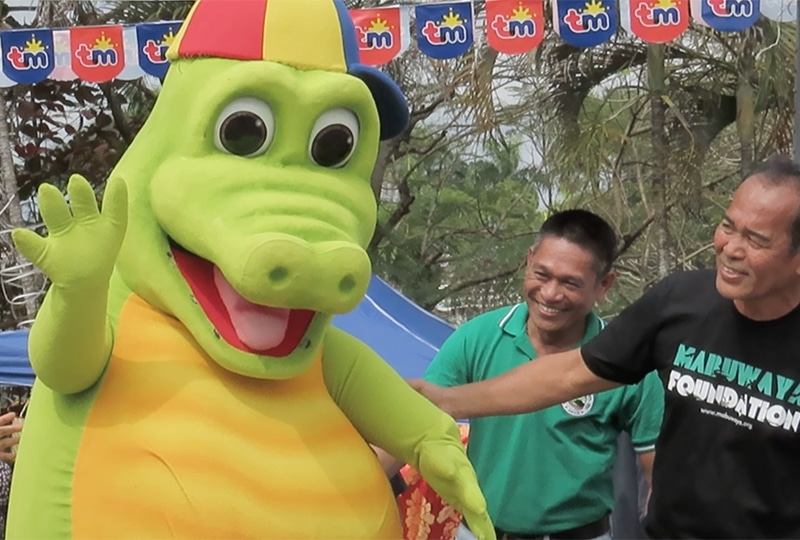
Mabuwaya Foundation has been engaging the local communities at all levels with a range of different types outreach to instil local pride in the Philippine crocodile. Image: Mabuwaya Foundation
“The Philippine crocodile; something to be proud of!”
15 years later, it is quite a different story. The Mabuwaya Foundation, a name which means ‘long live the crocodile’, has been working in Isabela Province for 20 years to improve the public image of the crocodile, educate people about its protection, and stop the killings.
Public campaigns have focused on fostering local pride in the large reptile and, as a species particular to the region, its potential to represent the people of Isabela and their home. The idea of pride and protection was disseminated in many forms, from posters and comic books, to newsletters, puppet and theatre shows, school visits, and community consultations, aiming to reach people of all ages.
These conversations have drawn on another side to the historic relationship between the crocodiles and local people. In a survey of public opinion in 2004, researchers found contradictions between perceptions: although some people spoke about fear of crocodiles and superstitions about spirits transforming into vengeful crocodiles, and an oft-repeated joke about crocodiles in Congress (‘buwaya’, Filipino for crocodile, is often used to describe corrupt politicians), hunters spoke about respecting them, and none of the respondents expressed a fundamental objection to living with crocodiles.
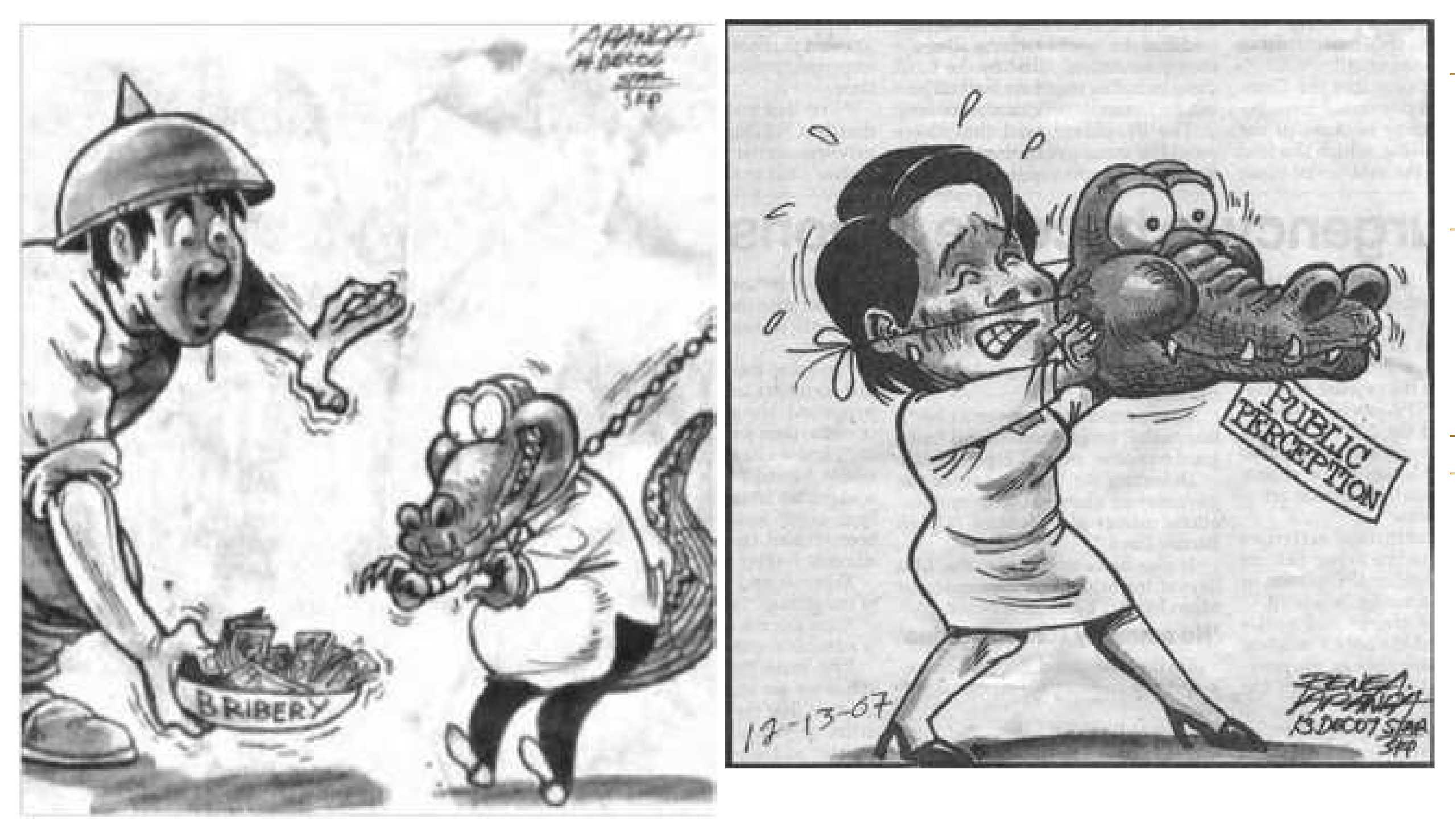
In Philippine media, politicians are often depicted as crocodiles to symbolise corruption and greed. Credit: A cultural history of crocodiles in the Philippines / Philippine Star
A crocodile rescue
As Mabuwaya have worked for decades to dispel the fears of crocodiles, when a call came in in February 2023 from a community asking help to rescue a crocodile, the team was very excited.
The fact that they had called Mabuwaya rather than killing the crocodile, found trapped in a septic tank, is a big step forward, especially as this is a community 20km away that Mabuwaya does not even work with directly.
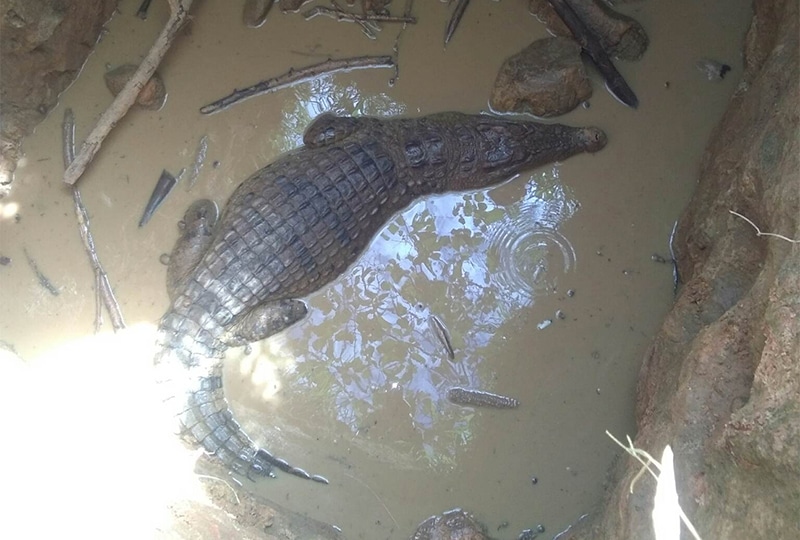
The rescue of this crocodile in a septic tank led to an important insight about the success of the crocodile release programme. Image: Mabuwaya Foundation
The Mabuwaya team arrived quickly on site, and thankfully the crocodile did not seem to be badly injured, but she was still taken to their rescue and rearing centre to monitor her prior to releasing her. Once back to the centre, the team were able to do a proper examination, and they spotted that the crocodile bore a distinctive mark – she was a ‘graduate’ of their head-starting programme!
In addition to their engagement programme, Mabuwaya collect crocodile hatchlings from the wild and rear them in captivity, giving them a higher chance at survival without adverse weather conditions, predation, or hunting (from 5% to around 65%). They are then released at around two years of age into the local sanctuaries.
Incredibly, they were able to identify that the rescued crocodile was a hatchling that Mabuwaya had released in 2009, meaning this crocodile had survived and thrived for 14 years in the wild.
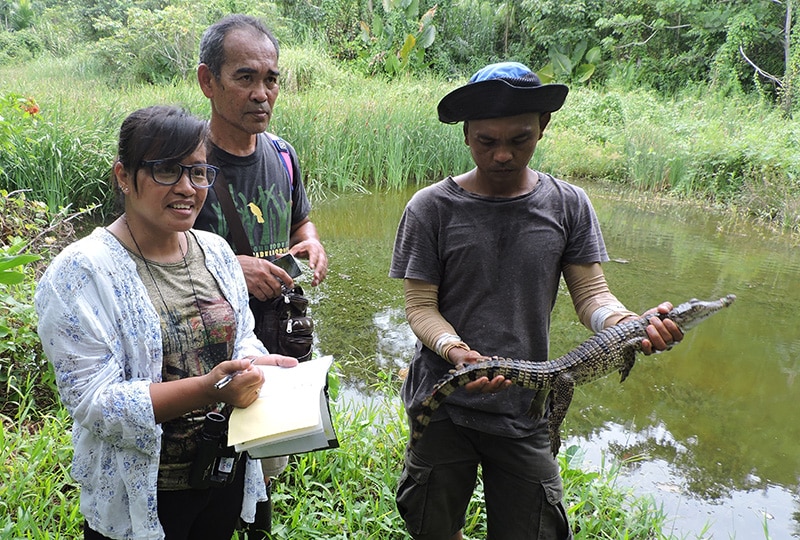
Mabuwaya’s ‘head-starting’ programme has been increasing the wild population of crocodiles while their outreach programme has been improving public attitudes towards them. Image: Anna Heath
The crocodiles’ cultural legacy
Mabuwaya were also delighted to host a photoshoot celebrating ‘Buwan ng Wika’ for professors at the Isabela State University San Mariano Campus to show local pride by celebrating the Philippine Crocodile.
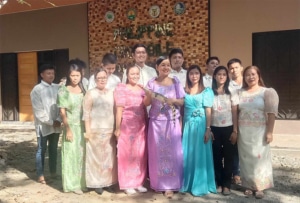
The ‘Buwan ng Wika’ photoshoot celebrating pride in the Philippine crocodile. Image: Mabuwaya Foundation
These types of stories of local people looking out for the crocodiles and even holding them close in important life moments shows how effective community-based conservation can be, especially over a long, committed period.
Mabuwaya’s approach of centring crocodiles in local culture reflects the history of crocodiles in the Philippines; the areas where wild crocodiles still live in the Philippines overlap with the lands of the Indigenous communities which associate crocodiles with ancestors, fertility, and mystic power and crocodiles are integrated with respect across their culture
The cultural history of crocodiles has changed with colonisation by Spain and the United States, with pre-colonial Philippine culture both fearing and revering the crocodile, but 400 years of colonisation brought a dominant narrative of crocodiles as dangerous monsters.
However, although mainstream Filipino society is still quite far from where it once was, with crocodiles still largely only represented in horror movies or as the villainous predator in nature documentaries, it is perhaps not surprising, given the cultural history, that the remote, rural communities have responded so well to Mabuwaya’s campaign of pride and respect.
Many local legends of crocodiles have included transformation. Perhaps Mabuwaya’s work is just a continuation of that story, as the crocodile has changed its form in hearts and minds from that of a feared villain to a venerated hero once more.


